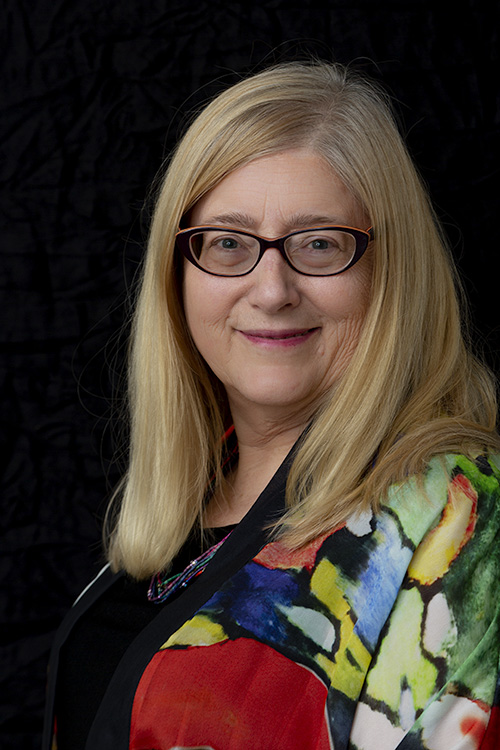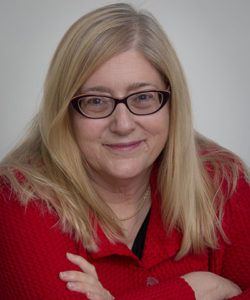The Unfettered Joy of Trying Something New
Here in the Interregnum, we don’t know where we are going and aren’t sure how we got here. That makes it tough to decide how to spend our time. Cycling through all five stages of grief at intervals is tempting, along with survivalist planning. Maybe self-care makes it onto the post-election list. Maybe even creativity. I hope so; the personal truly is political, and our creativity will continue to shine a light on what is true for each of us. And may I suggest spending at least some of our time trying something new.
Creating in familiar ways leads to certain expectations. Our Inner Critic has particular standards for what we do on the regular. I’m always looking for ways to sidestep her (especially relevant while we second guess how many more postcards we could have mailed). I found the perfect method to circumvent the Critic years ago, when I was invited to Sanctuary, a retreat hosted by my friend Susan Ito.
Susan (whose adoption memoir I Would Meet You Anywhere was shortlisted for the National Book Critics Circle Award) first discovered the Santa Sabina Retreat Center when she attended a calligraphy workshop there. She fell in love with the place. No wonder. Santa Sabina is on the campus of a religious school and was once a novitiate, a home for nuns in training. Built in Spanish style with monastic rooms around a lush central courtyard, the retreat center invites us to gaze inward and to find serenity. After she returned for several solo writing retreats, Susan decided to start hosting annual gatherings at Santa Sabina every New Year.
Susan is a writer and an artist, and invites friends of both persuasions to her retreats. Besides being fantastically creative, she is also incredibly generous. She provides an array of supplies at Sanctuary including mountains of collage materials as well as calligraphy pens and inks. Magic happens in that sacred space because the artists write and the writers make art.
I’ve attended Sanctuary on and off for a dozen years. And in the same way that some folks convince themselves that they are “not writers,” before Sanctuary I was sure I was no artist. For all my preaching about the importance of play in writing, and how essential it is to set aside negative judgement about first drafts, I had never examined my own aversion to anything artistic. But those collage supplies, including heaps of American Showcase illustration catalogs, were so tempting. And here is what I discovered: There is no such thing as a bad collage (just like there is no such thing as a bad first draft).
Unfettered Joy
The process of looking through materials, finding images that appeal (for who knows what reason), of cutting them out and trying different arrangements on the page, is contemplative and satisfying in ways I cannot explain. The final product almost always looks great. And if it doesn’t, a collage can just be cut into strips and woven into another collage.
In my first effort, a monster’s head tops the torso of a woman pirate in full regalia. Next to her a cutout of a Rumi poem admonishes us to marry the ocean the first chance we get. I was bitten by the collage bug. By 2020 I had collected my own stack of catalogs and calendars at home.
My pandemic collage features a woman whose head is encased in a glass dome. In between those two I made many others, including a Rube Goldberg collage in which a tiny hammer sets off a cascade of improbable events that finally ends in a broken lightbulb. Collages decorate my house and some I’ve sent off as gifts. And over the years I’ve hosted collage parties at home, where my friends can discover this amazing process for themselves. So can you.
Trying Something New
You may already have some materials at home, and collecting them is easy. Save old wall calendars, along with bits of ribbon and the best of the clothing catalogs that arrive in the mail (Gudren Sjoden, for example, features models past midlife). American Showcase is an annual illustration catalog with high quality examples from a variety of graphic artists, and the out-of-date volumes are inexpensive on various websites.
For backing use watercolor paper or whatever is on hand; Susan buys unused pizza boxes from pizzerias and brings them to Sanctuary for three dimensional collages that also store unused cutouts. Use glue sticks to join up your images and once they are dry, burnish with Mod Podge for an integrated look. Collaging goes beyond easy and fun. It’s not a stretch to call it a spiritual practice.
I am fully convinced that we are all writers. Collage teaches another lesson: We are all artists. And in the wake of November 5, there is yet another truth to bear in mind: Despite it all, every one of us deserves to play.



One Response
Thanks Judy for being my creative muse and now I call it play